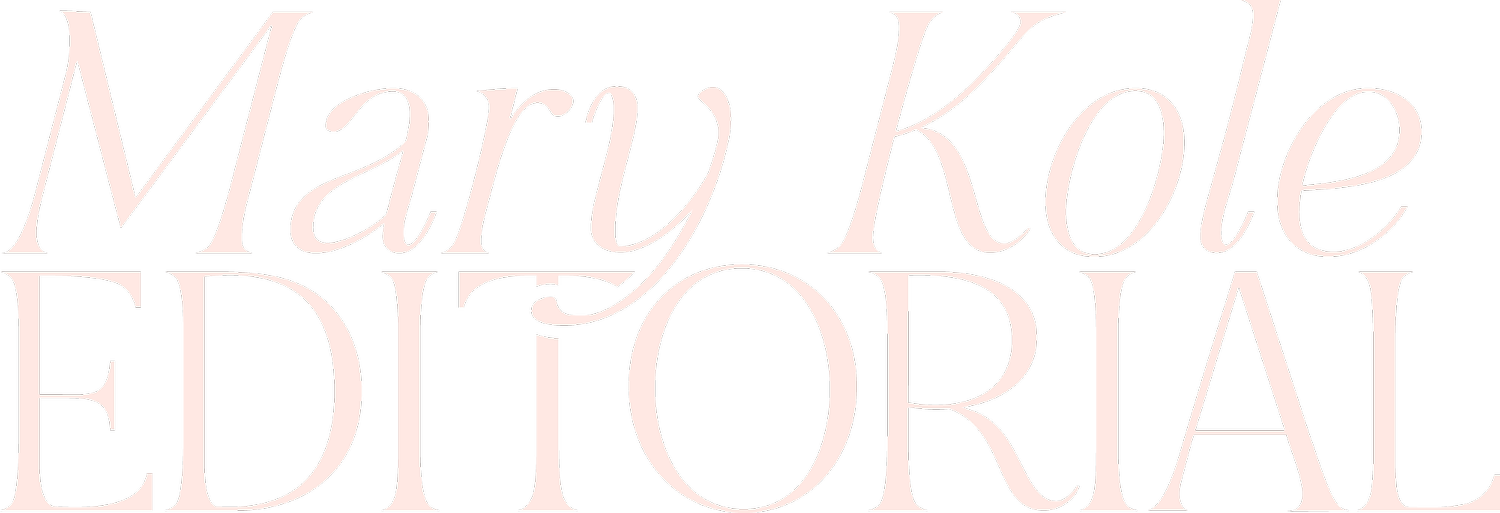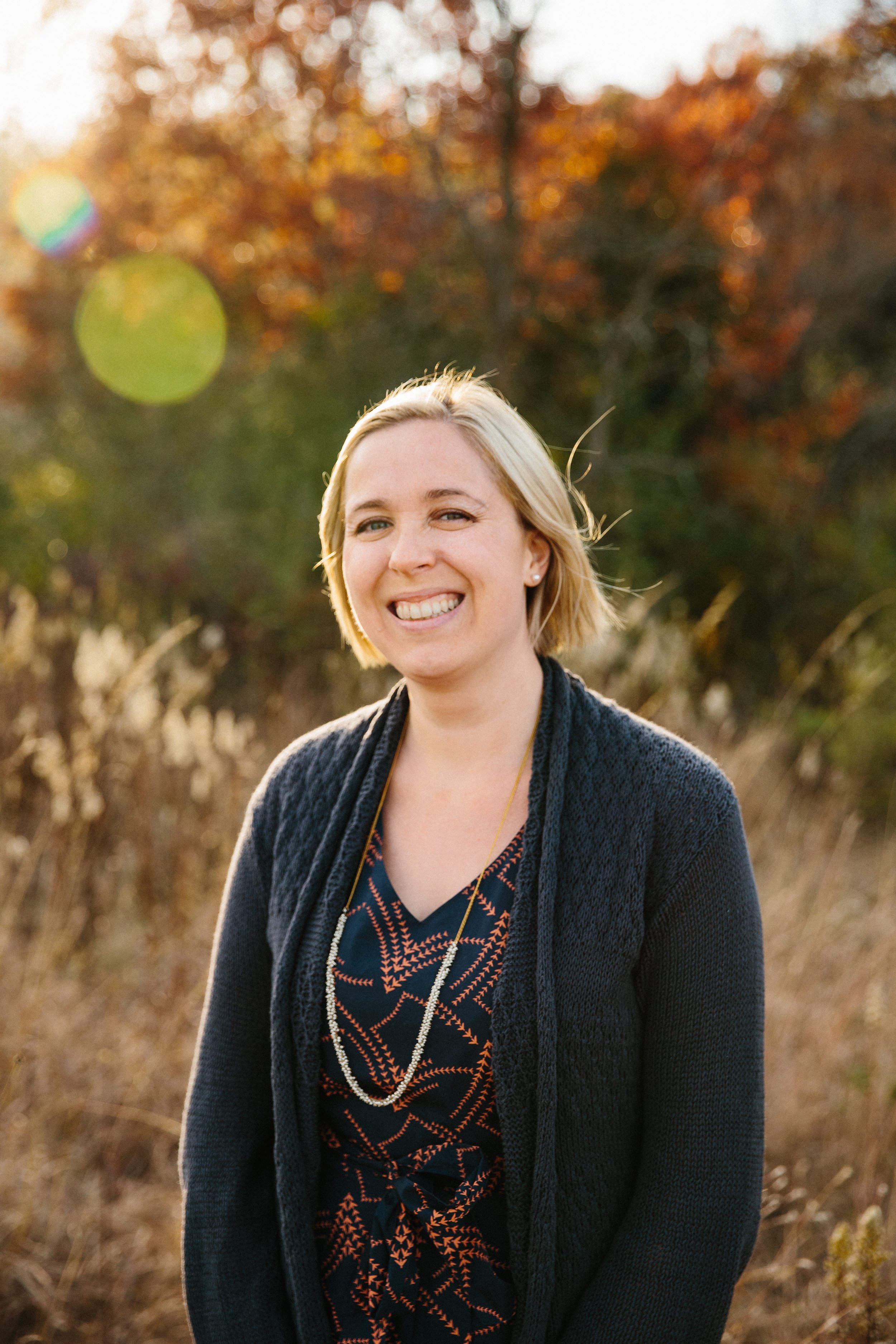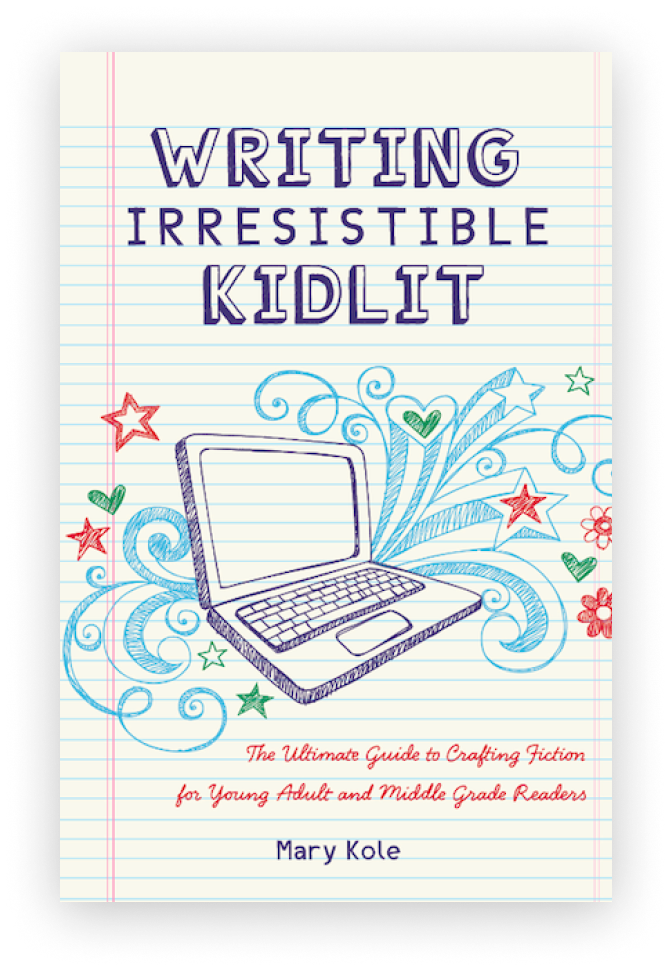How to Write a Young Adult Novel
By Mary Kole
Mary Kole is a former literary agent, freelance editor, writing teacher, author of Writing Irresistible Kidlit, and IP developer for major publishers, with over a decade in the publishing industry.
This article is all about how to write a young adult novel, and get a piece of the hot YA market. You’ll get advice on the young adult age group, young adult word count, young adult page count, how to write a young adult query letter, and how to find young adult literary agents and publishers.
HOW TO WRITE a YOUNG ADULT NOVEL
How to write young adult novels is a trendy topic, almost as popular as the young adult or “YA” market itself. For the past few decades, teen books have shown themselves to be a market force to be reckoned with, which makes them exciting to write, and desirable to publish. Writing a young adult novel is a very specific pursuit, however. You can’t just approach it as you would an adult novel or memoir of your awesome teen years.
The secret to how to write a young adult novel is really being able to place yourself into a fifteen- eighteen-year-old’s head and experience. That means wild highs and lows, where everything felt a bit more emotional and significant. You’ll also be playing a lot with the theme of identity, as it is central to most young adult novels.
But it can’t all be internal conflict. Writing YA means setting the bar high in terms of plot. Readers want to get away from their daily realities, after all, so it’s important to remember that many teens feel hemmed in. They are stuck in a web of structure and expectation from themselves and others, and they long to break out. So young adult plots tend to be high stakes and larger than life, even if you’re writing contemporary young adult novels instead of something more high concept (with a fantasy or sci-fi setting, for example). Writing young adult novels also takes a lot of skill in the characterization and writing voice departments, which I’ll discuss in more detail, below.
How to Write a Young Adult Novel: Age Group
The young adult novel is geared toward teen readers, but many twenty-somethings and adults are digging into them, too. The young adult age group is pretty straightforward, though there are still a few different guidelines:
Young Adult Age Group: 13+
Young Adult Fantasy Age Group: 13+
New Adult Age Group: 16+
Unlike middle grade, a young adult novel can get very gritty. There are young adult publishers who stay away from “content” as it’s called (like sex or violence) in a young adult novel, and those that embrace it. So sometimes you’ll see a more mainstream young adult novel targeted to readers 13+, but another one with more “dark” subject matter labeled 16+. There’s also a relatively new category out there called New Adult, which features characters in college or even twentysomethings. This is a smaller market, as many of these stories are published as general adult fiction, but there are publishers that focus on it specifically and will say so.
How to Write a Young Adult Novel: word count
Wondering how many words in a YA novel? Young adult word count is pretty straightforward. While in middle grade, the concern is getting too long, in YA word count, there is such a thing as too short. Here are general word count for young adult novels guidelines:
Young Adult Word Count: 60,000 to 90,000
Young Adult Fantasy Word Count: 75,000 to 110,000
New Adult Word Count: 80,000+
Young adult genre novels like fantasy, historical, sci-fi, and dystopian tend to tolerate longer word counts because there’s generally more plot and worldbuilding involved. I’d caution anyone away from going over 100,000 words. Stephenie Meyer can do whatever she wants, but debuts are held to stricter standards. I’ve never met a six-figure word count manuscript that couldn’t use some tightening. (The category younger than YA is middle grade, or MG. If your manuscript is quite short compared to these figures, you might want to target a slightly younger audience.)
How to Write a Young Adult Novel: page count
When we start to talk about novels, page count varies greatly, and YA page count is no exception. In the industry, unpublished manuscripts are mostly discussed in word count. Printed novels have very different formats, with variables like font size and layout varying widely. Here are some very general guidelines for young adult book length:
Young Adult Page Count: 240+
Young Adult Fantasy Page Count: 300+
New Adult Page Count: 300+
Special Considerations of How to Write a Young Adult Novel
Writing teenage characters can be tricky. These savvy readers have finely honed BS-detectors, and if you even think about being an adult writing for teens, rather than authentically trying to inhabit the teen experience, you will be called an impostor. Writing a successful young adult novel means being able to remember this time period of your life very clearly, and being able to empathize with everything a contemporary teen is going through.
They are reveling in their independence and new identities for the first time, and with that come a lot of issues. From friendships to worries about the future to figuring out that Mom and Dad are flawed human beings, too. On top of that, young adult novels tend to have big, big plots, as discussed above. So it’s not only that they just got dumped, but now they have to go rescue their best friend from the brink of a mental health crisis or volunteer to fight in a match to the death (depending on your genre, of course).
Crucial to how to write a young adult novel is voice. If you pick up a lot of contemporary YA literature, you’ll notice a style of writing that’s direct, honest, and colloquial, with elements of literary beauty. Young adult voice demands a lot of the writer, including skill and authenticity. Dry voice, formal voice, and complex syntax are the enemies here. If you struggle with voice, I’d highly recommend taking your entire manuscript and reading it aloud. Yes, you may sound odd to the people living in your house, but it’s worth it. You’ll be able to train your ear to young adult voice, what sounds natural or contrived, much more quickly this way. The other solution is to read like a writer. Read the best young adult novels out there. You won’t pollute your own well—as some writers fear—you’ll see some really great authors at the top of their game and internalize the lessons in their writing.
How to Write a Young Adult Novel for Publication
Young adult publishers abound because this is a very dynamic and (sometimes) lucrative category. Everyone from the big houses to smaller indie presses are looking for great books for teens. Young adult books have contests, festivals, and blogs devoted to them, so there’s a lot of opportunity to showcase your work and gather writing credits. There are even YA publishers accepting unsolicited manuscripts, which can be a viable foot in the door for your project.
The biggest, glossiest young adult novels come from the big young adult publishers, which tend to be closed to unsolicited submissions, however. If your dream is one of these houses for your young adult novel, you’ll want to track down a list of young adult literary agents. The good news? It’ll be a long list. Many literary agents represent young adult because it’s such a big and viable category.
To reach them, you’ll need a young adult query letter that describes the character and plot of your novel. Here, you’ll want to include comp titles, if you can, to demonstrate that you know the market and your potential place in it. There are many different types of young adult novels out there, in many different genres, so it will behoove you to read your competition and see how you might pitch yourself. Select a list of 10-20 young adult literary agents who may represent similar projects. Literary agents have to attract clients, so many have detailed information online about themselves, to communicate their tastes and wish lists.
The other great news is, young adult books are huge, so you will also find a lively young adult writing community online. You can connect with others for potential critique partnerships or solidarity in the submission trenches.

Click here to purchase Writing Irresistible Kidlit, my book on fiction craft for MG and YA novels, out from Writer's Digest Books. This will show you my writing craft philosophy and give you lots of valuable advice, including tips for the novel revision process and self-editing. There are over 35 example novels cited and discussed throughout. It’s a valuable resource for any writer’s toolkit.



